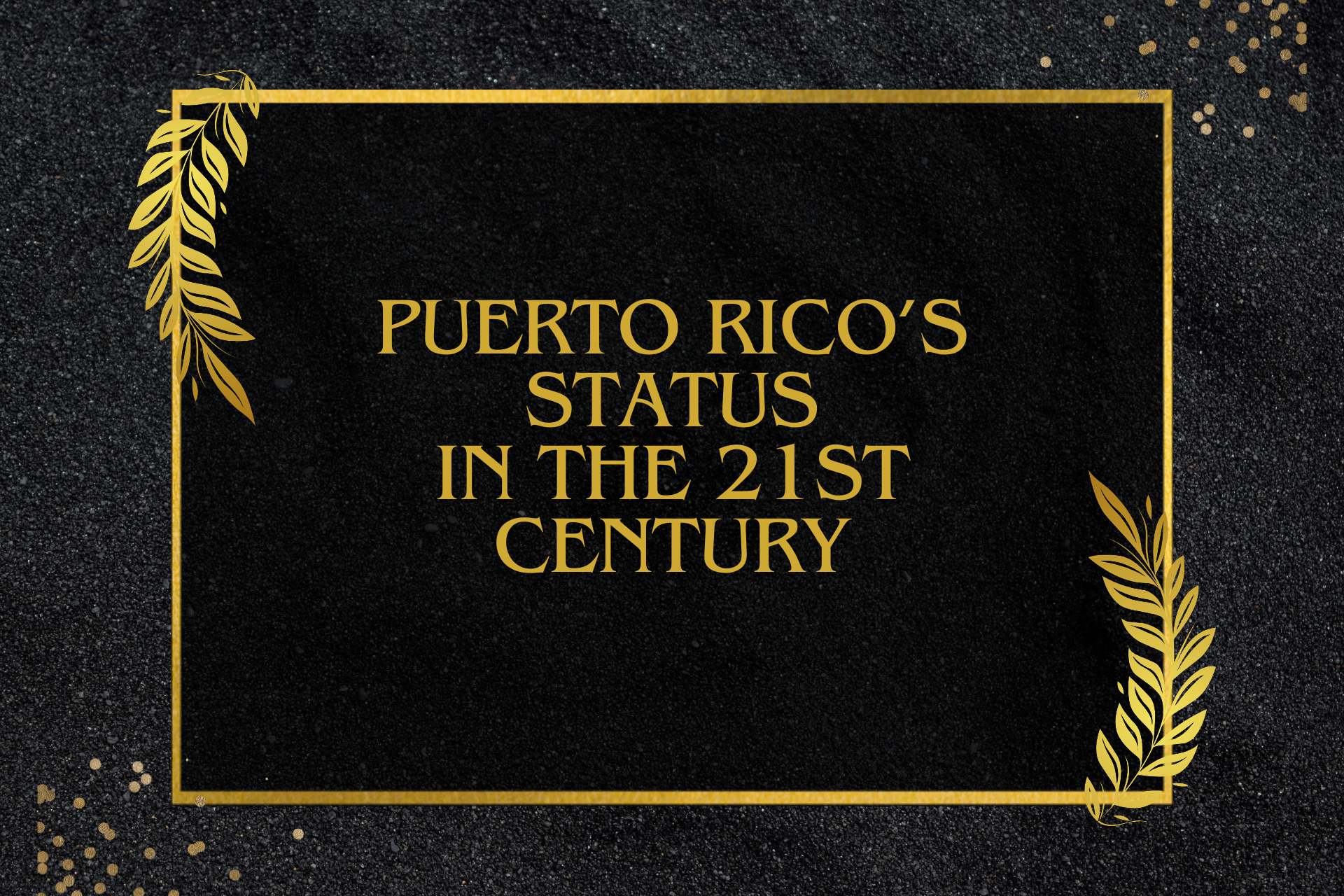The first known inhabitants of the land that is now Puerto Rico were the Taino, an Arawak group which migrated from the Amazon basin in South America to the Caribbean. They lived in Puerto Rico as well as in neighboring islands such as Cuba and the Dominican Republic. The Taino lived in villages of 500 to 1,000 people led by a chief or cacique. Each region had a primary cacique, and there were nobles and workers, according to the descriptions of the society by Spaniards, but there seems to have been little socioeconomic distinction among the groups. The chiefdoms were hereditary, passing on from to males in the female line — typically from a man to his sister’s son. However, there were also female caciques.
The Taino practiced slash-and-burn agriculture, growing cassava, beans, potatoes, and peppers. They also ate fish and shellfish. The Taino grew tobacco and cotton and made clothing, as well as beads, ceramics, baskets, and hammocks. The villages were made up of round houses built of straw and leaves with a central pole for support. People slept in hammocks — a Taino word. The villages always had a central court used for sports and festivals.
The Taino had a matrilineal society, and practiced polygamy. They worshipped multiple deities associated with various natural phenomena.
Population
Current estimates of the population suggest that there were about 100,000 Taino living in Puerto Rico before Columbus arrived, but various sources have put the numbers as high as 600,000.
The first official census of the population in 1511 listed 5,500 enslaved Taino. In 1531, there were 1,545. In 1802, there were 2,300, all in San German in Western Puerto Rico. Later Spanish census reports showed no living Taino people at all. It was widely believed that the Taino had all died out, largely because of smallpox.
However, in the 20th century, researchers found some similarities between Puerto Rican populations and Native American groups, and in the 21st century DNA evidence for the connection was identified. A study in 2018 found strong similarities between the genome of an ancient Taino individual found by archaeologists and modern Puerto Ricans, though this study did not find evidence of a direct ancestral connection. The researchers concluded that modern Puerto Ricans shared an average of 10-15% of their DNA with the Taino.
An increasing number of residents of Puerto Rico identify themselves as Taino. The 2000 census showed 13,336 Puerto Ricans identifying themselves as Native American. In 2010, the number was 19,839. The 2020 census showed 2.8%, or about 84,000. The Taino population certainly did not increase in those proportions over that time, as the population of the Island dwindled. Instead, more Puerto Ricans describe themselves as Native American.
Image courtesy of Openverse


